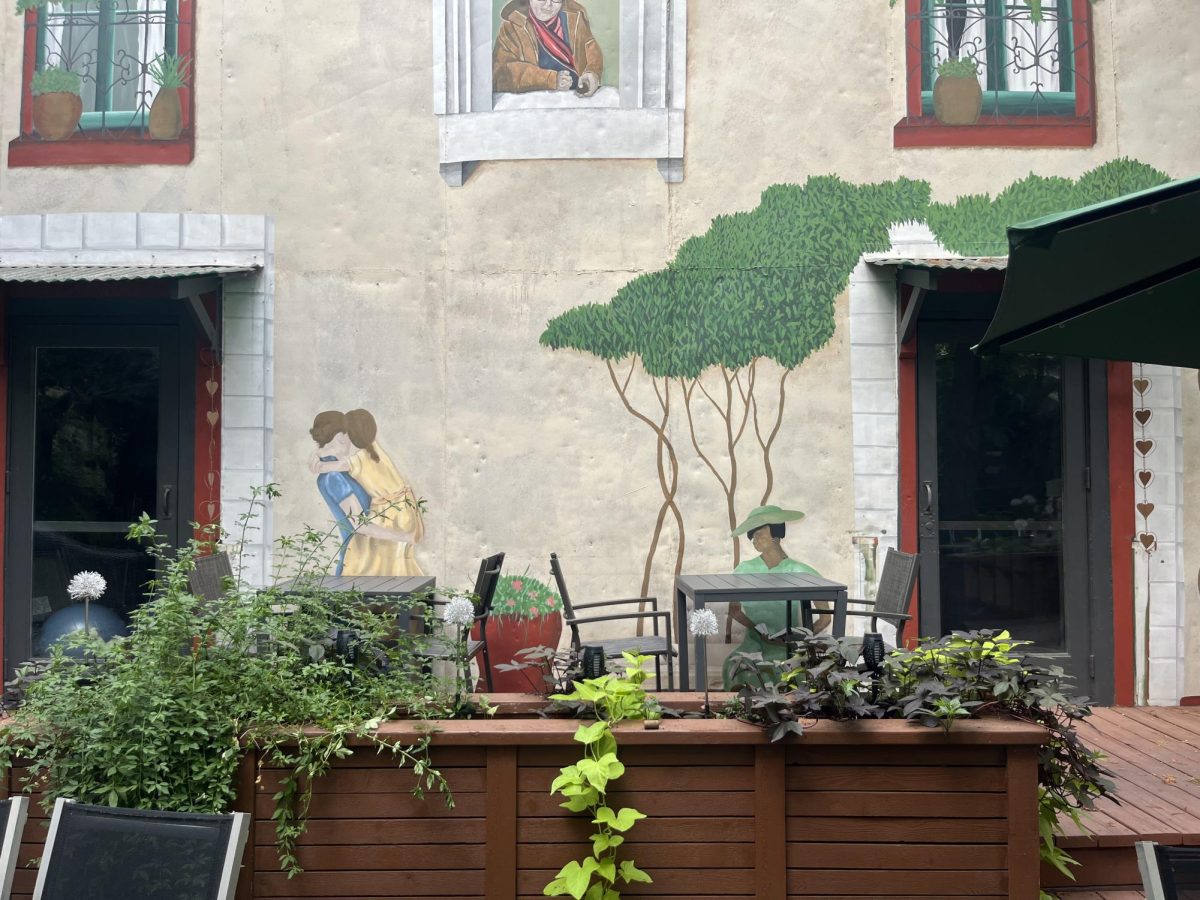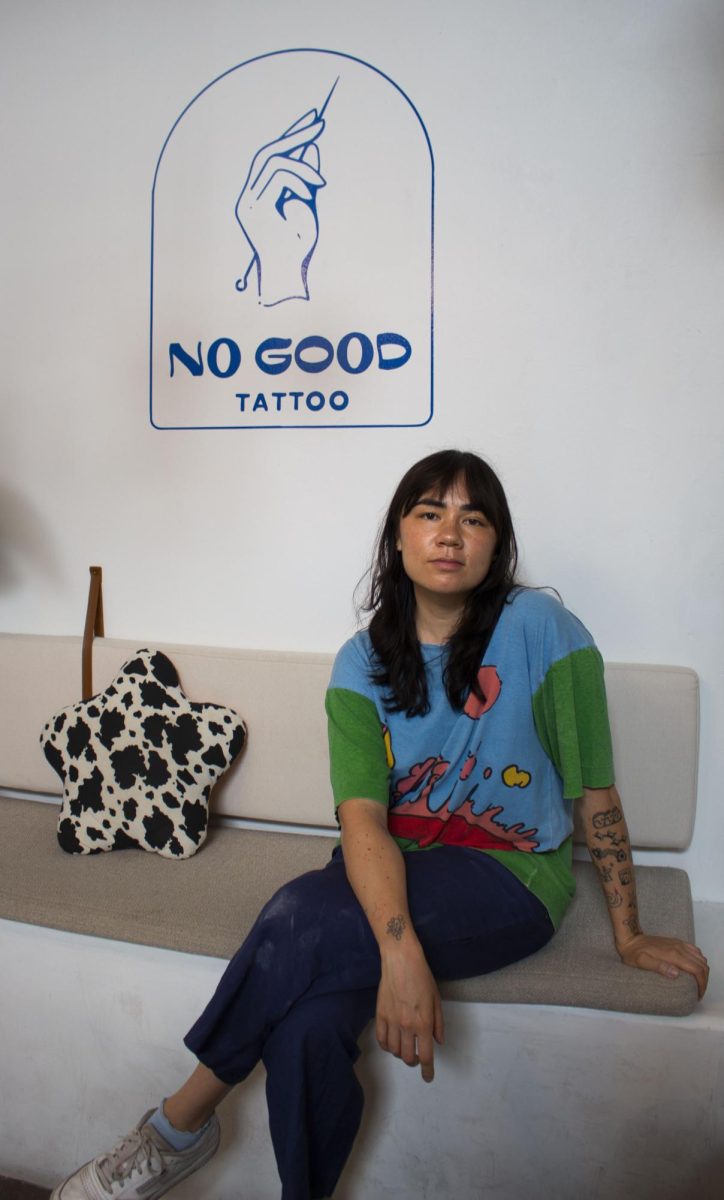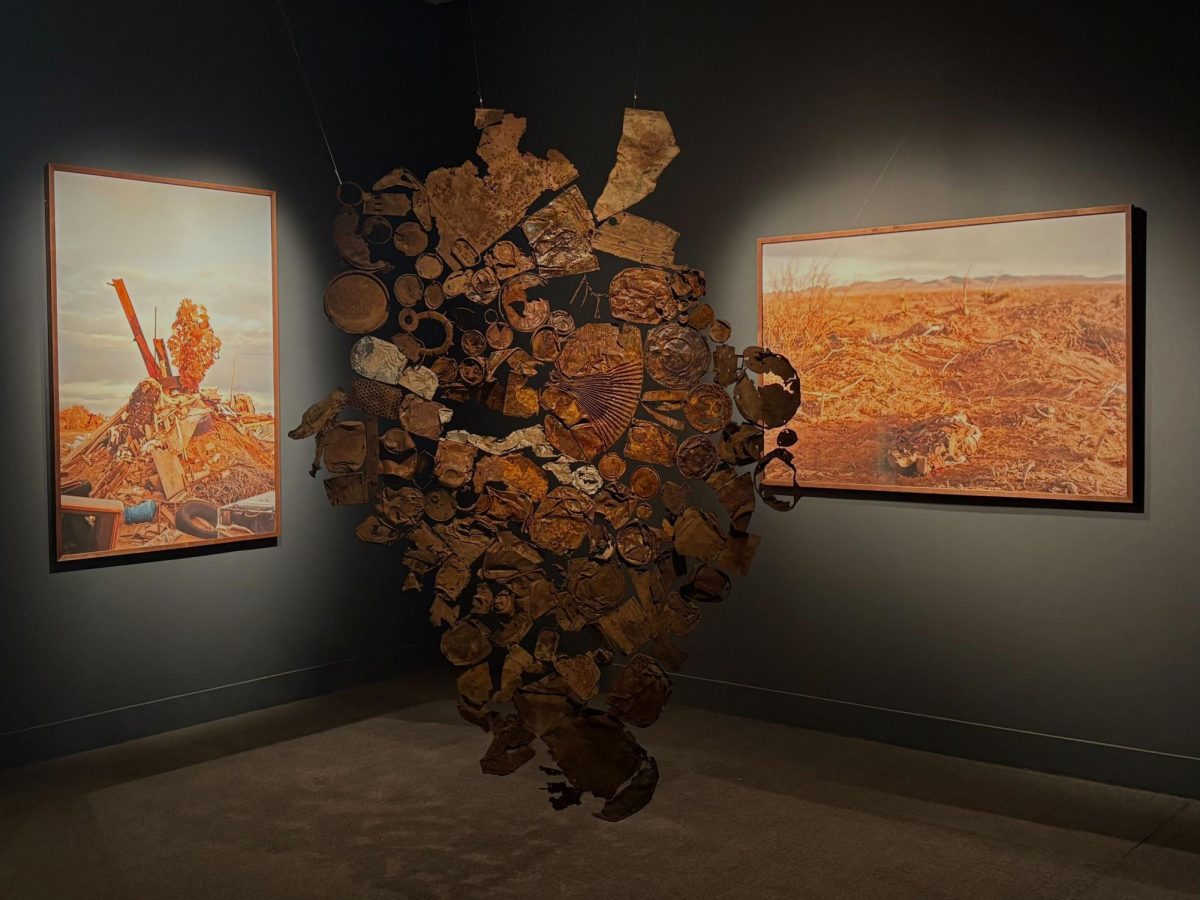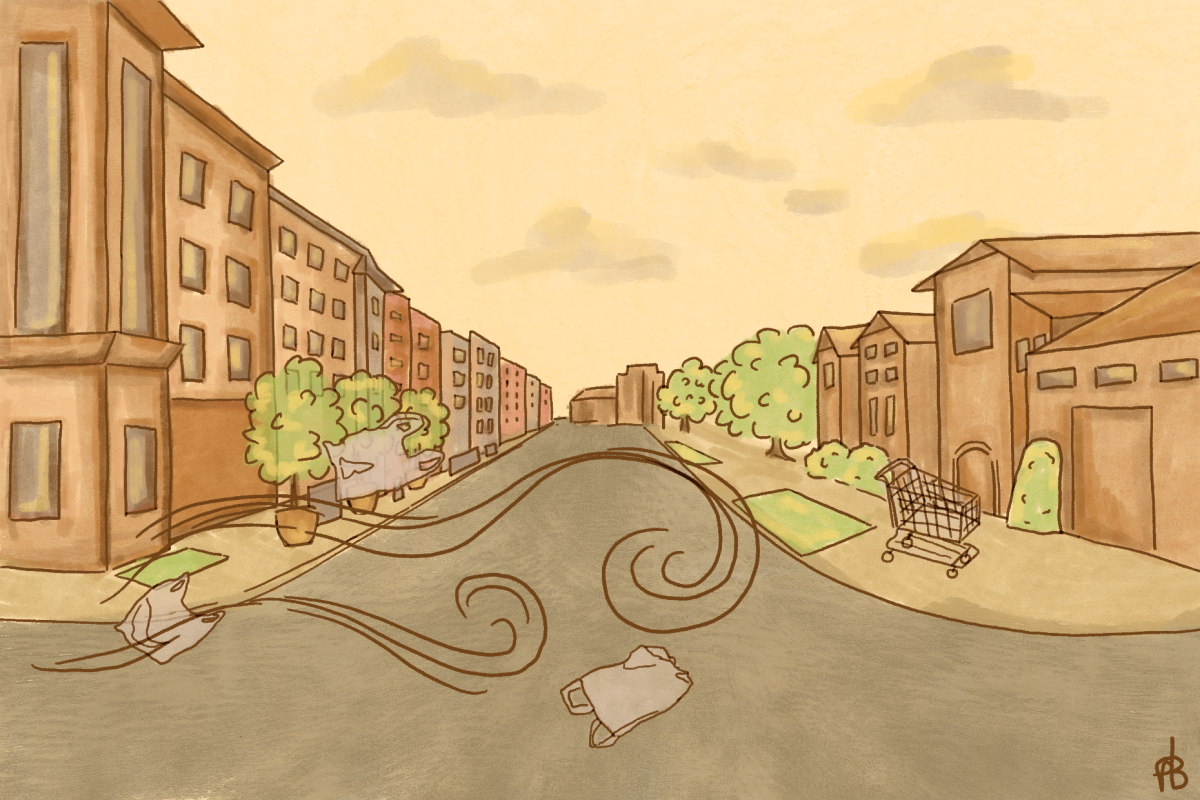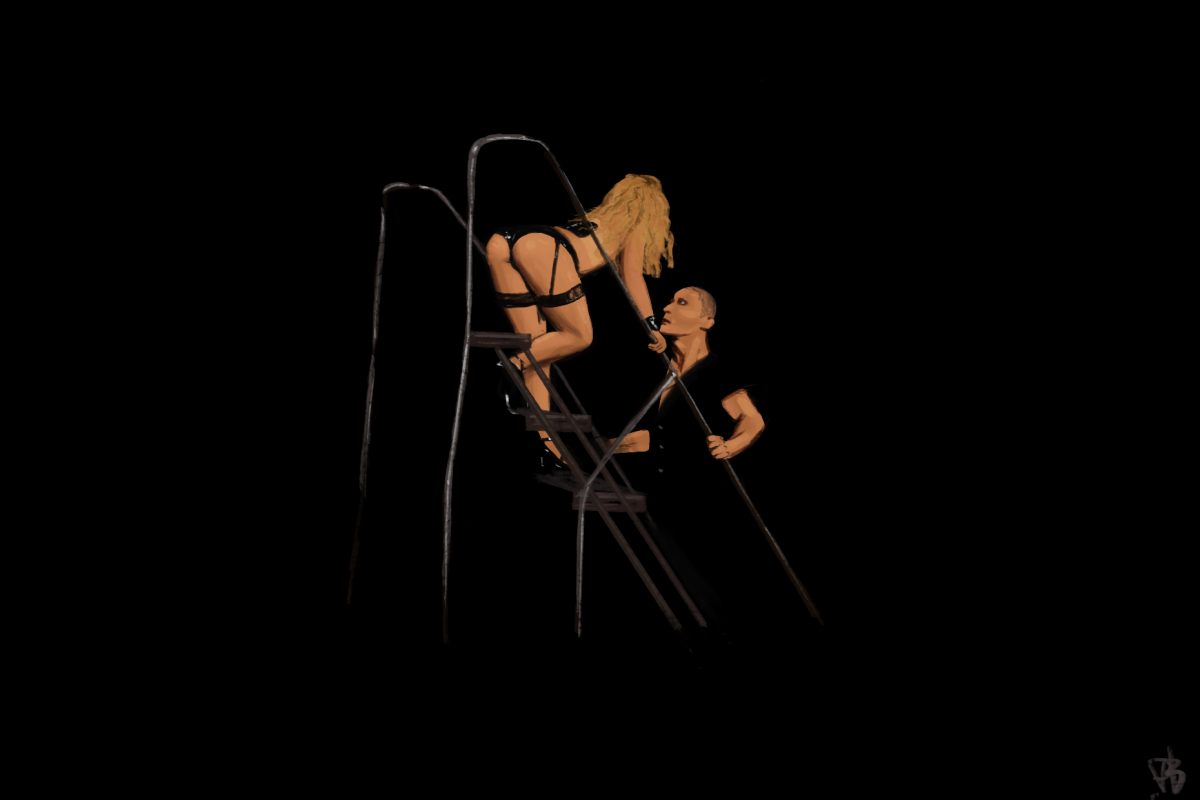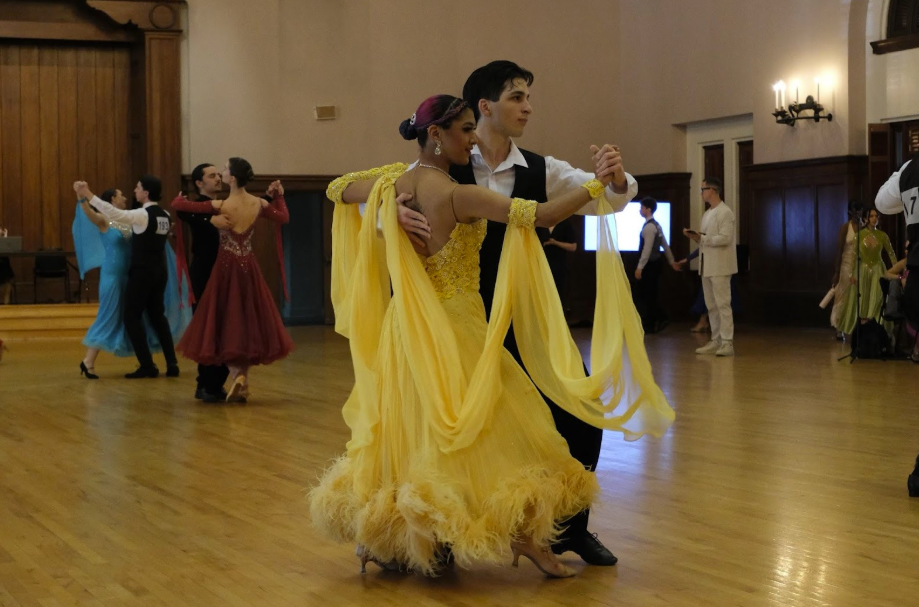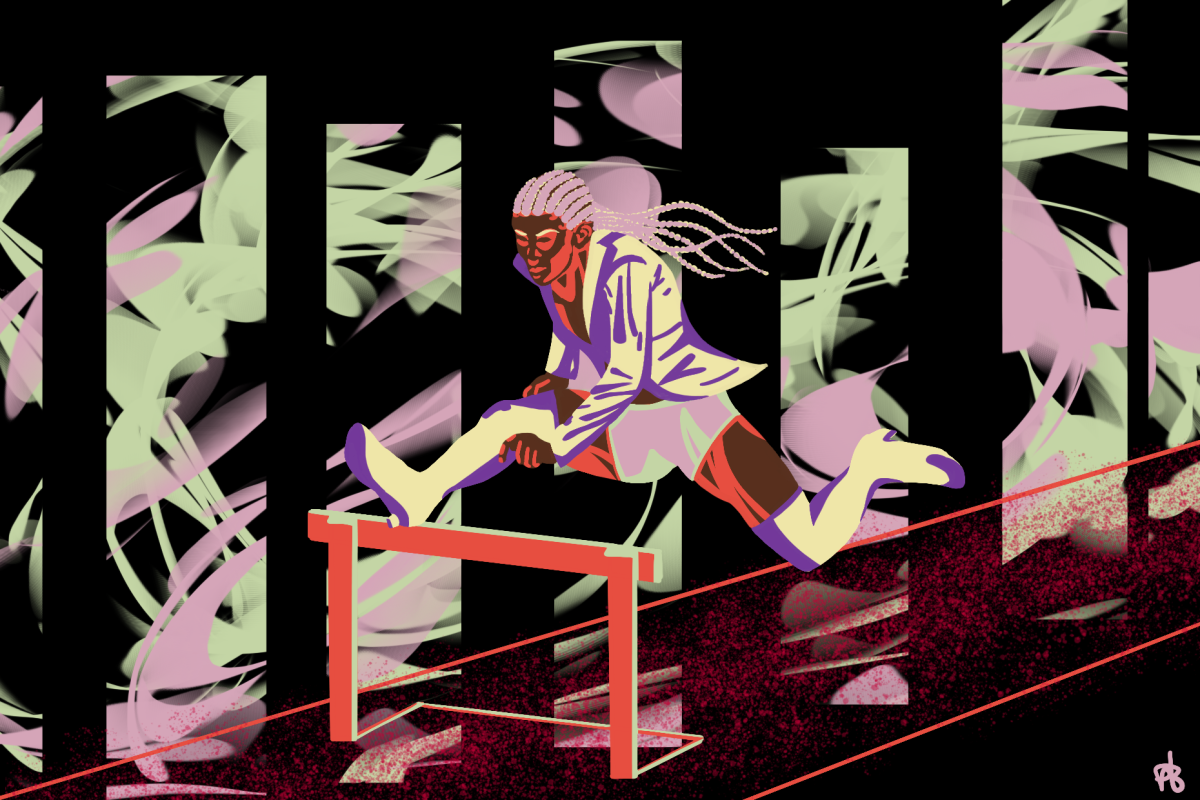Hushed whispers filled the dark theater as crowds shuffled into their seats, popcorn in hand and eyes wide in anticipation for the UT RTF Longhorn Denius Student Film Showcase. The projector started up, and the audience’s chatter slowly turned to silence as their attention glued to the screen. The program consisted of ten carefully selected short films—the culmination of months of work from student filmmakers condensed into bite-sized stories.
The showcase, presented by the UT radio-television-film department, took place in the AFS cinema on March 7 and featured shorts created by UT students.
“We open submissions in the fall so all of the students who are RTF majors or who have taken an RTF class can submit films that they had to produce for their class,” said RTF senior programs and communications coordinator, Elana Wakeman.
Wakeman, who helped facilitate the event, said a selection committee decides what films end up in the final showcase. The films went through three rounds of selection. The committee looked at quality, originality, technicality and cohesiveness for the final program. Wakeman said they wanted to represent the entire department with the showcase, so they selected a mix of both undergraduate and graduate films.
The showcase used to be an official collaboration with South by Southwest, but that partnership ended during the pandemic. Nowadays, the RTF department works directly with the Austin Film Society to host the event at the same time as the festival.
Austin Film Society is a non-profit organization founded by Richard Linkletter that supports and uplifts the local film community in Austin. They operate the AFS cinema, a two-screen art house movie theater. The society does regular community programming and supports artistic development that extends to UT students.
“We’ve done a lot of things with Austin Film Society over the years because a lot of our faculty and alumni are involved,” Wakeman said. “I think what’s really nice about it is it’s this very communal experience. We could certainly show things on campus, but there’s something really nice about taking the films out into the community and sharing them with others.”
Many of the films in the program had ties to Texas and Austin in particular. RTF alumnus, Harrison Chu, pulled inspiration from his love for country music, southern upbringing and Chinese-American heritage for his film “Set Me Free.” The film is set in a small Texas town and explores the relationship between a grieving immigrant father and his son, who wishes to pursue country music despite his dad’s disapproval.
“Everything I’ve ever made up until that point was through this very Texas, very Austin lens,” Chu said. “I never really made something that spoke to the other side of it, the side that lived in Hong Kong, and that was half Chinese, and that had family pressures and things like that.”
Like Chu, Crayton Gerst, who has a master’s degree in radio-television-film, drew from familial experiences to create his film, “To Give.” The short follows a young child who, after his mother’s death, became his grandmother’s primary caregiver. Gerst said his Texas upbringing allows him to tell southern-inspired stories he can’t make elsewhere.
“I think that because New York and LA have been such markets and they’re idolized in media and in film, we have come to think that great stories are only in these places,” Gerst said. “Being a Texas-based filmmaker, making films in Texas, and having grown up in Texas, you know that that’s not true.”
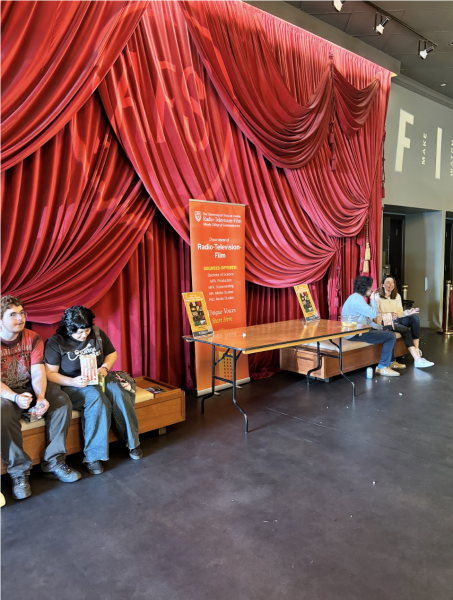
The showcase aimed to promote student filmmakers’ work to wider audiences and people in the filmmaking industry who may be in town for South by Southwest. All the filmmakers in the showcase got free festival passes, where they had the opportunity to network with those in the field.
“For them to have the opportunity to have a wider audience, and people beyond just their friends, is really cool,” Wakeman said. “Also to help them get into South by Southwest and be able to participate—there’s so many opportunities to meet people and learn things and to be exposed to different kinds of cinema.”



